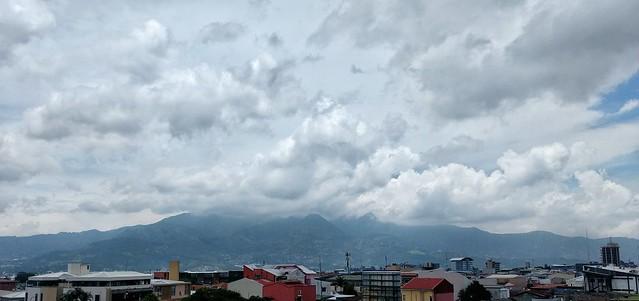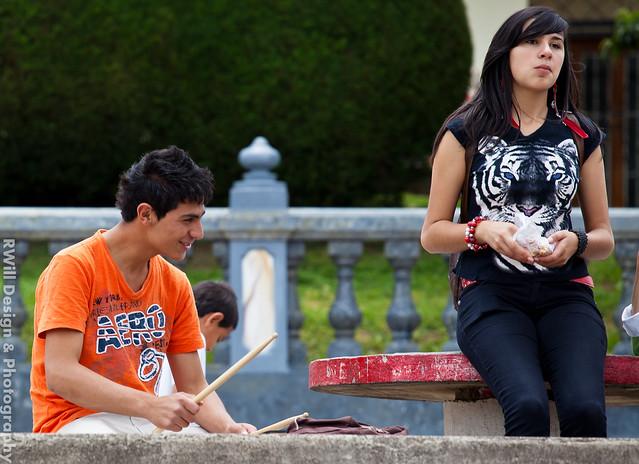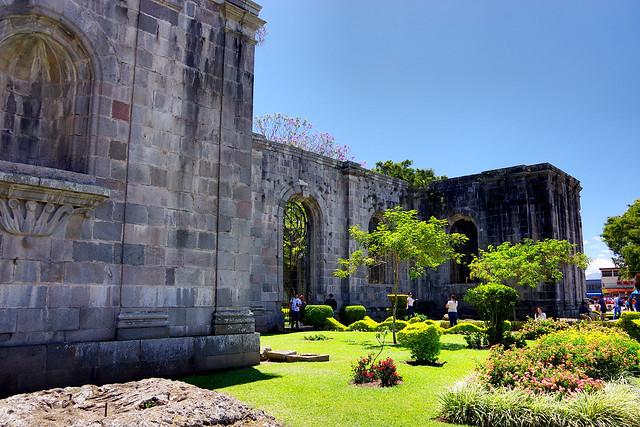
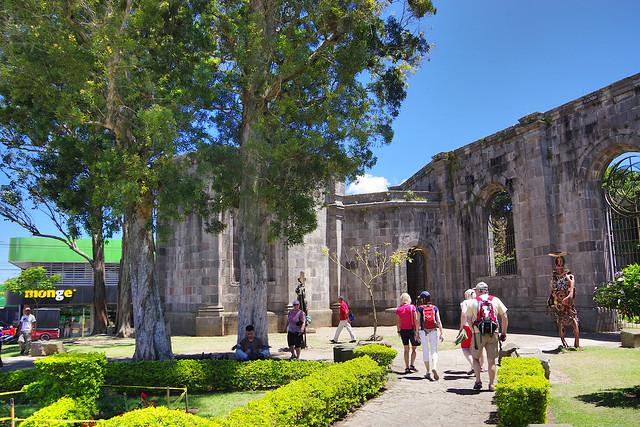
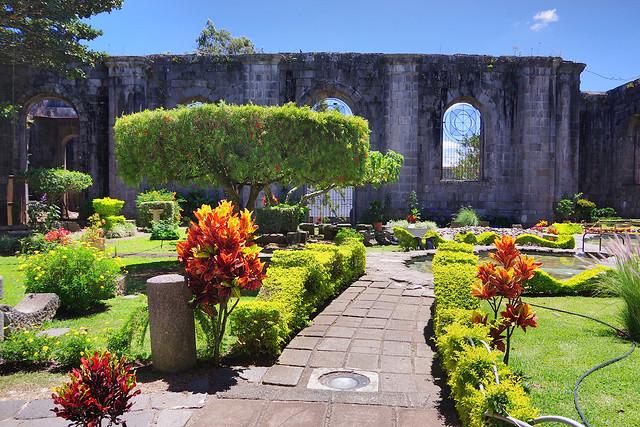
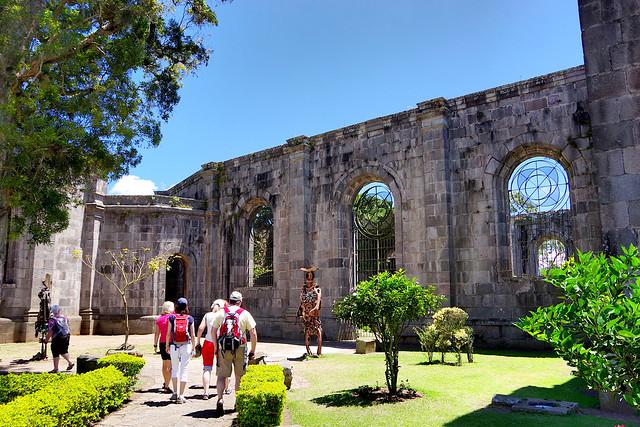
Santiago
Overview
Historical Significance
Santiago, located in the San José Province of Costa Rica, has a rich history that dates back to the colonial period. The town was established in 1848 and has since played a vital role in the country’s development. One of its most notable historical landmarks is the Church of Santiago Apostol, a stunning example of colonial architecture. Built in the 19th century, this church is not only a religious center but also a cultural hub that hosts various community events and festivities. Visitors can appreciate the intricate wooden altarpieces and the serene atmosphere that surrounds this historic site.
Cultural Vibe
The culture of Santiago is deeply rooted in Costa Rican traditions, characterized by a blend of indigenous, Spanish, and Afro-Caribbean influences. The town boasts a vibrant arts scene, with local artisans showcasing their crafts in markets and galleries. Festivals are a significant part of life here, particularly the Fiestas de Santiago, which celebrate the town’s patron saint every July. During this time, the streets come alive with music, colorful parades, and traditional dances, offering travelers a unique opportunity to immerse themselves in the local culture.
Atmosphere and Local Characteristics
Santiago is characterized by a warm and welcoming atmosphere, where locals take pride in their community. The town is surrounded by lush greenery, making it a picturesque spot for nature lovers. The central plaza, or Parque Central, serves as a gathering place for residents, featuring beautiful gardens and benches where one can relax and enjoy the scenery. The air is often filled with the aroma of traditional Costa Rican dishes being prepared in nearby sodas (small restaurants). Here, visitors can savor local specialties like casado (a typical dish with rice, beans, plantains, and meat) or gallo pinto (rice and beans), which are staples of the Costa Rican diet.
Outdoor Activities
For those seeking adventure, Santiago is conveniently located near several natural attractions. The surrounding areas offer numerous hiking trails that lead to breathtaking viewpoints and waterfalls. The nearby Parque Nacional Braulio Carrillo provides opportunities for birdwatching and exploring diverse ecosystems. Additionally, the Río Sucio, known for its distinctive color due to the minerals in the water, is a popular spot for photography and relaxation.
Transportation and Accessibility
Santiago is easily accessible from the capital city, San José, making it an ideal day trip for those exploring the region. Public transportation, including buses, is readily available, providing a convenient way to navigate the area. Travelers can also opt for guided tours that include Santiago as part of broader explorations of Costa Rica’s Central Valley, showcasing its natural beauty and cultural gems.
In summary, Santiago in the San José Province offers a unique blend of history, culture, and natural beauty. Its charming atmosphere, rich traditions, and friendly locals make it a wonderful destination for travelers seeking to experience the authentic Costa Rican way of life.
Other towns or cities you may like in Costa Rica
Explore other cities that share similar charm and attractions.




